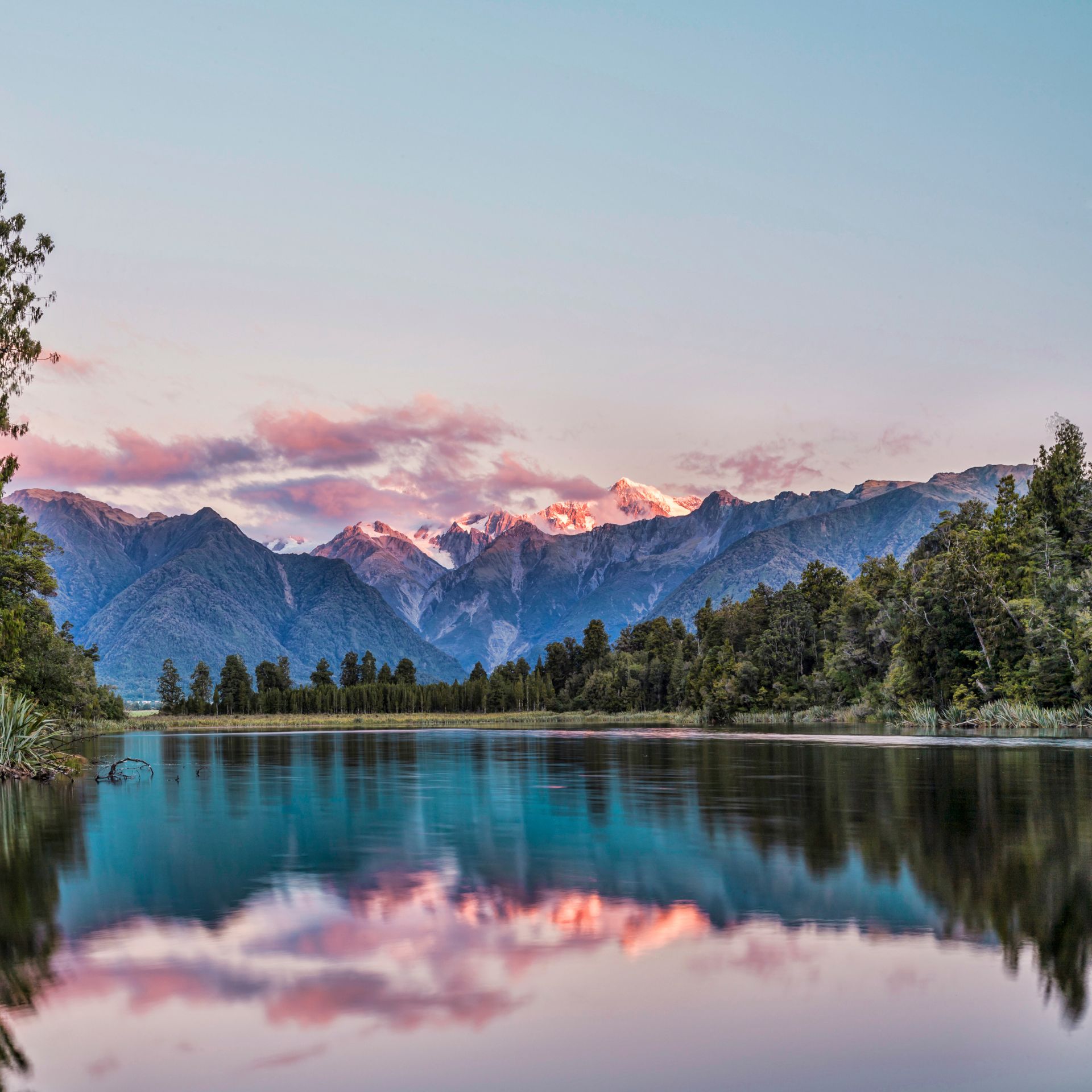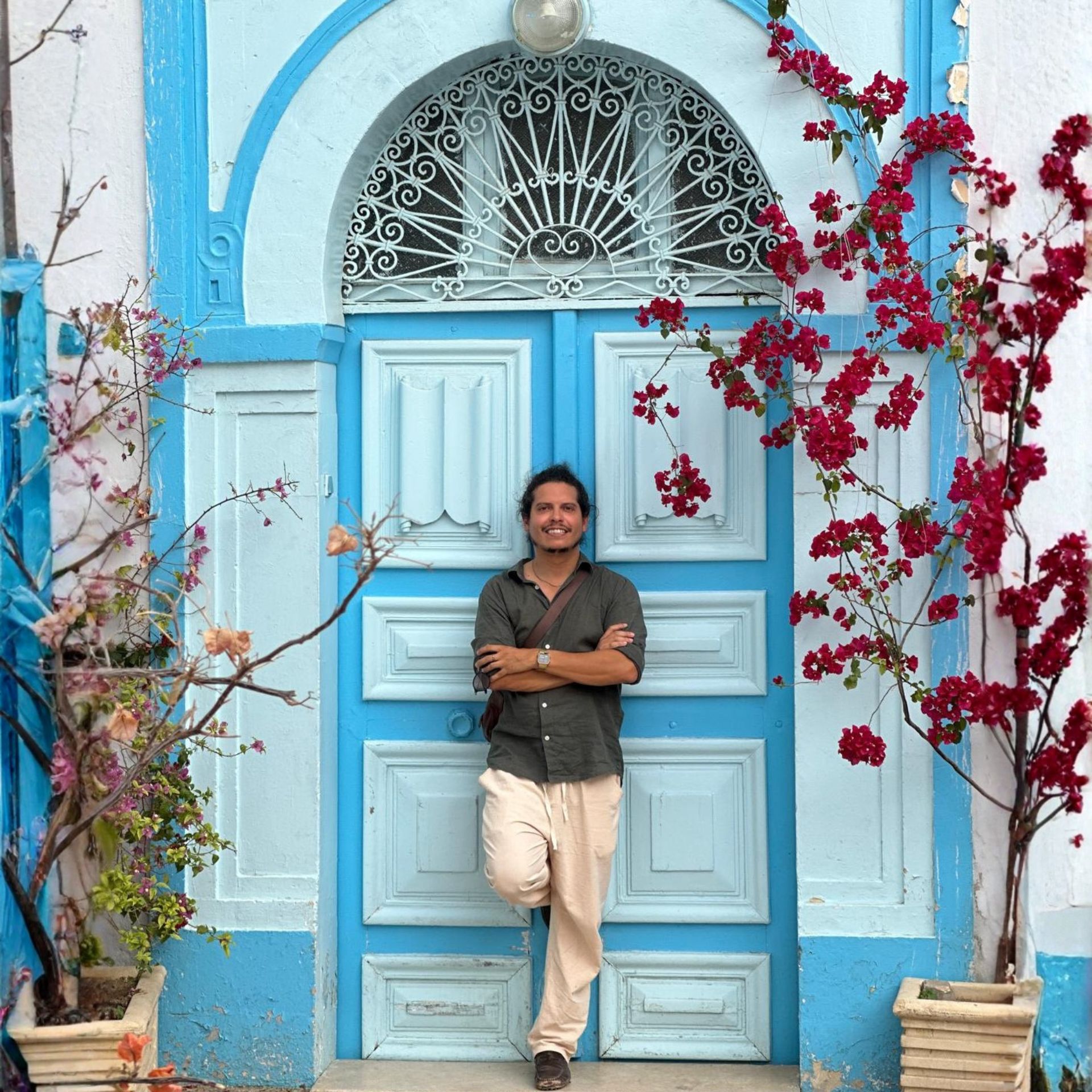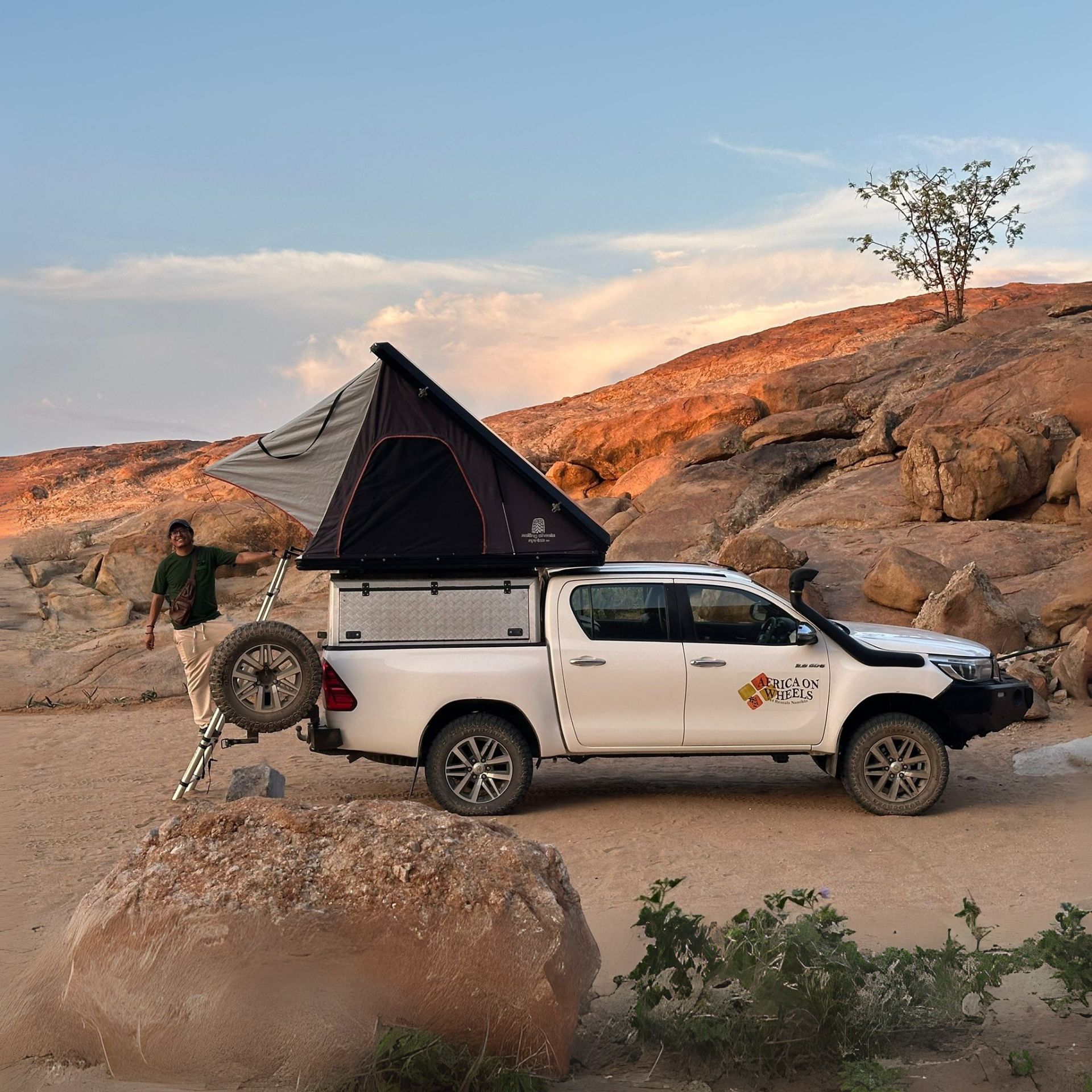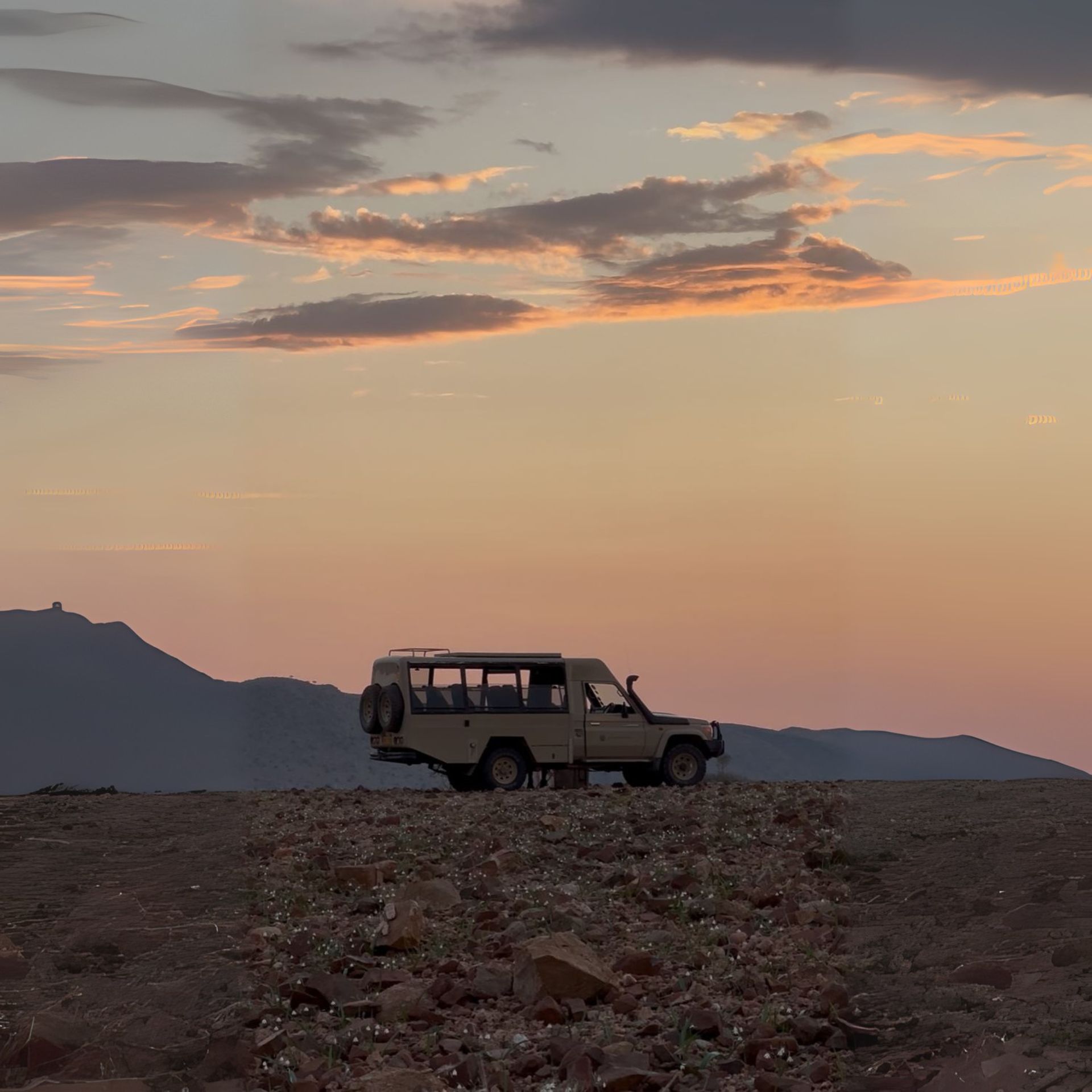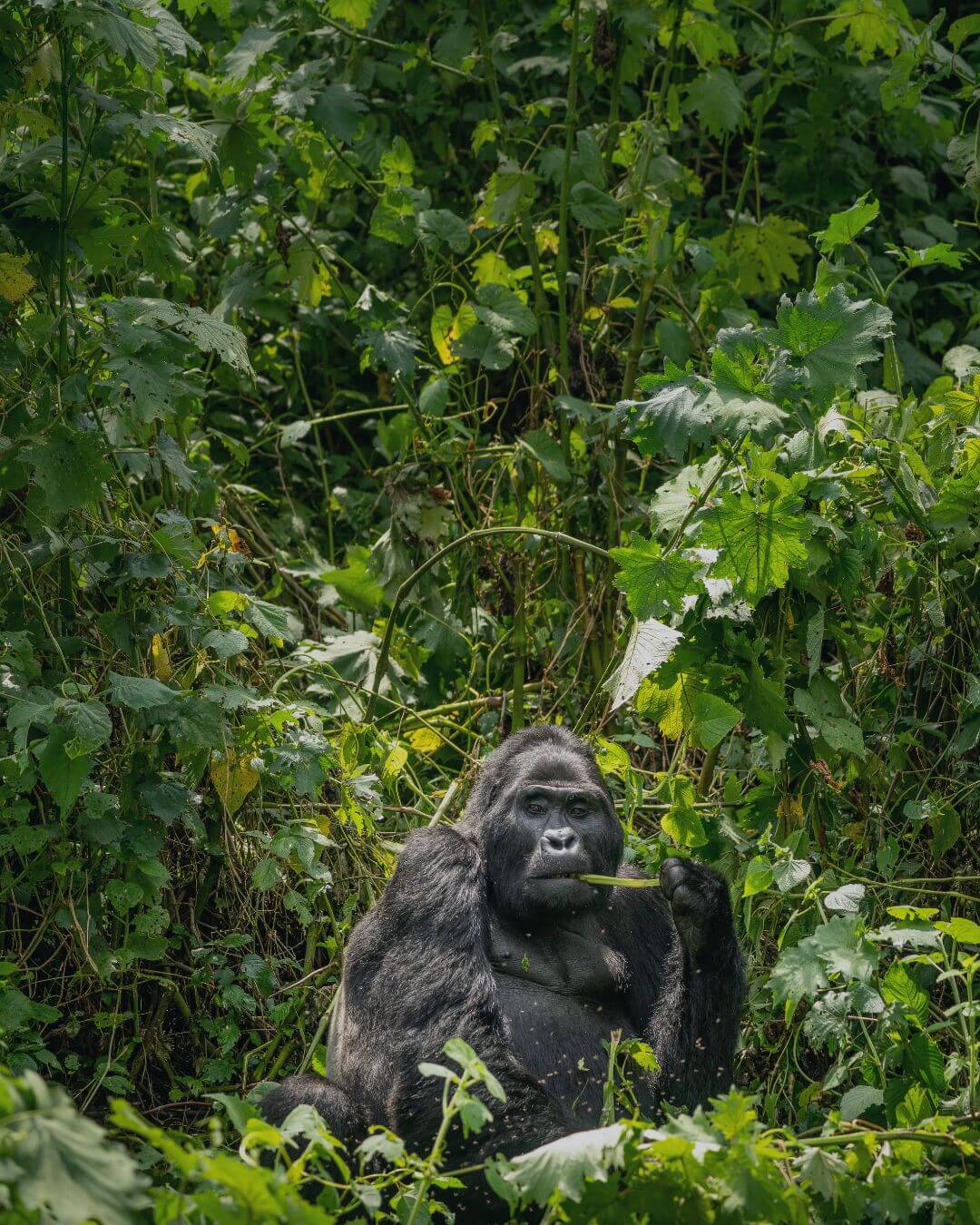The paradox of the Tunisian desert is that it became famous for being another planet, yet its real magic lies in its authenticity. While Star Wars gave the region global visibility, the next chapter is about sustainability, not stardom.
The morning I arrived in Tozeur, the desert air carried that strange stillness you only find at the edges of vast, open landscapes. It wasn’t empty, though. there was a pulse beneath the surface, a quiet rhythm shaped by wind, palms, and the slow trickle of ancient water.
From the rooftop of HiDar, the boutique hotel that would become my base for the next few days, the horizon glowed gold. Somewhere beyond the dunes, generations of travelers had crossed the same sands, long before Tozeur became known as Tunisia’s gateway to another world.
But for me, this trip wasn’t about chasing the Star Wars movie nostalgia. It was about understanding how a place so defined by its cinematic fame is learning to reclaim its own story.
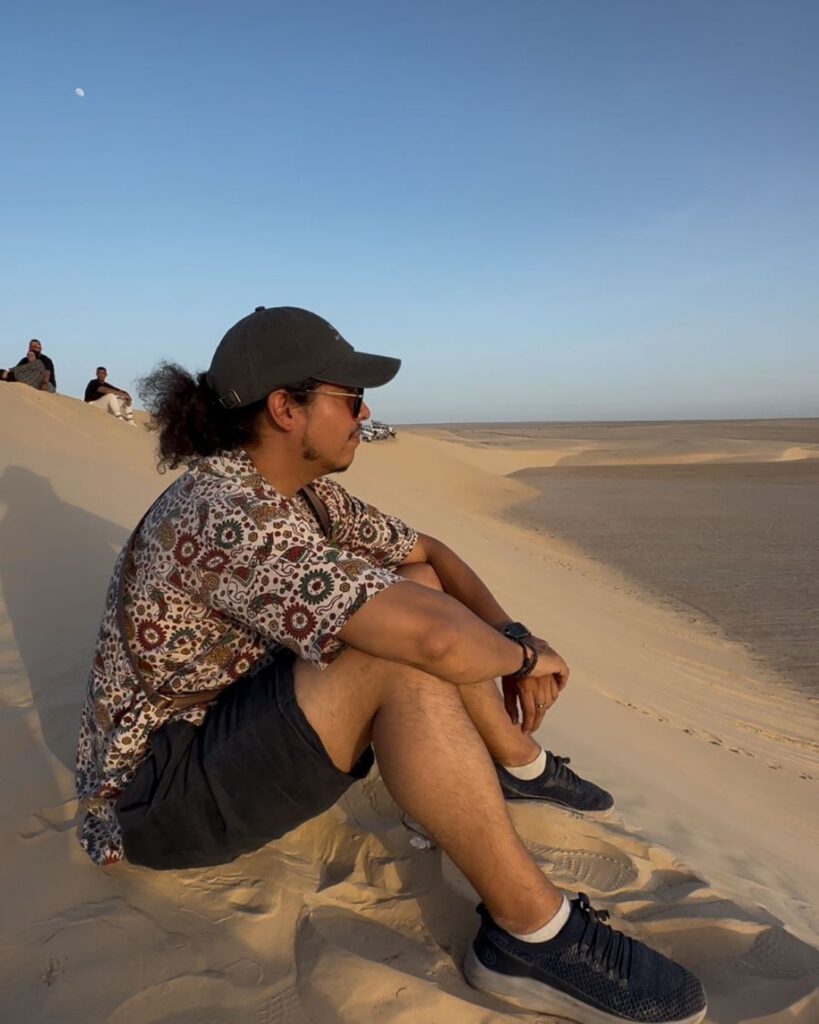
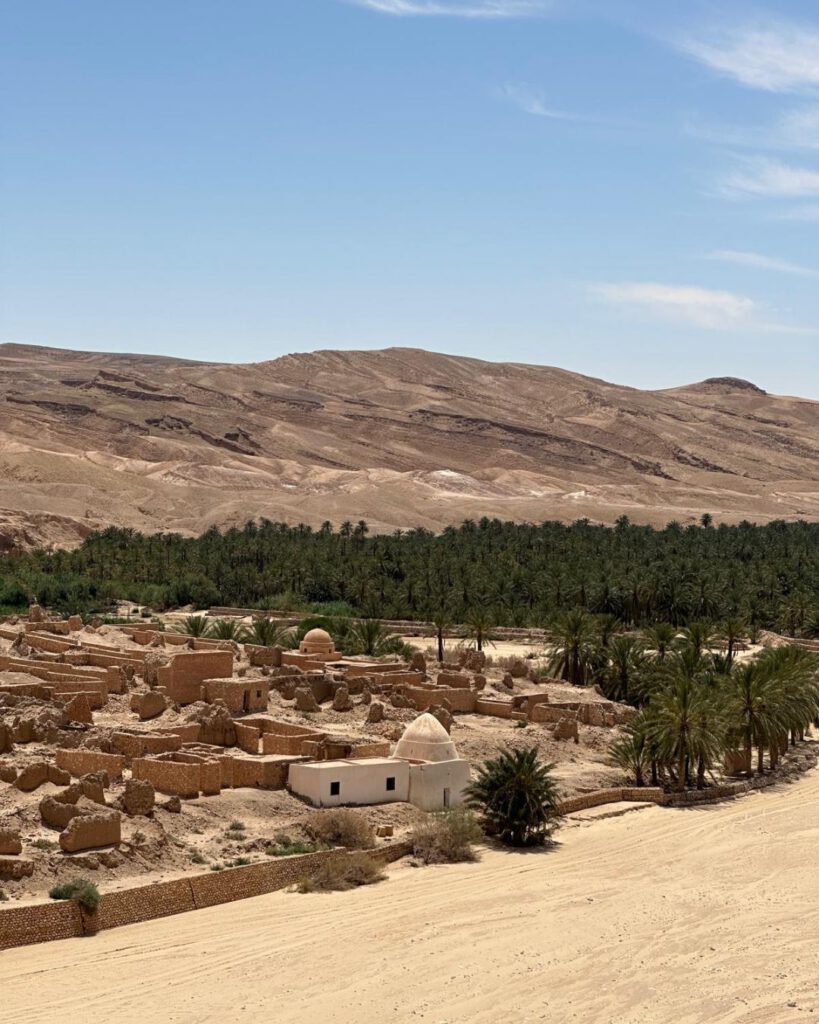
Where Sand Meets Life
Tozeur and its neighboring oasis town, Nefta, rise like mirages from the fringes of the Sahara. Their palm groves, known as palmeraies, have sustained life for centuries. The ingenious irrigation systems that feed them are a testament to human persistence in one of the world’s harshest environments.
Walking through these groves feels like stepping into another rhythm of time. The temperature drops, the air turns humid, and the hum of insects replaces the silence of the dunes. Locals harvest dates that are famous across Tunisia. Many of these families have tended their palms for generations, and now, small cooperatives and eco-tours are offering travelers a chance to see how the oases thrive.
I met a restaurant owners, farmers and artists, who invited me to feel what this part of Tunisia is about. “People come here to see Star Wars,” I heard once, “but they stay for this.”
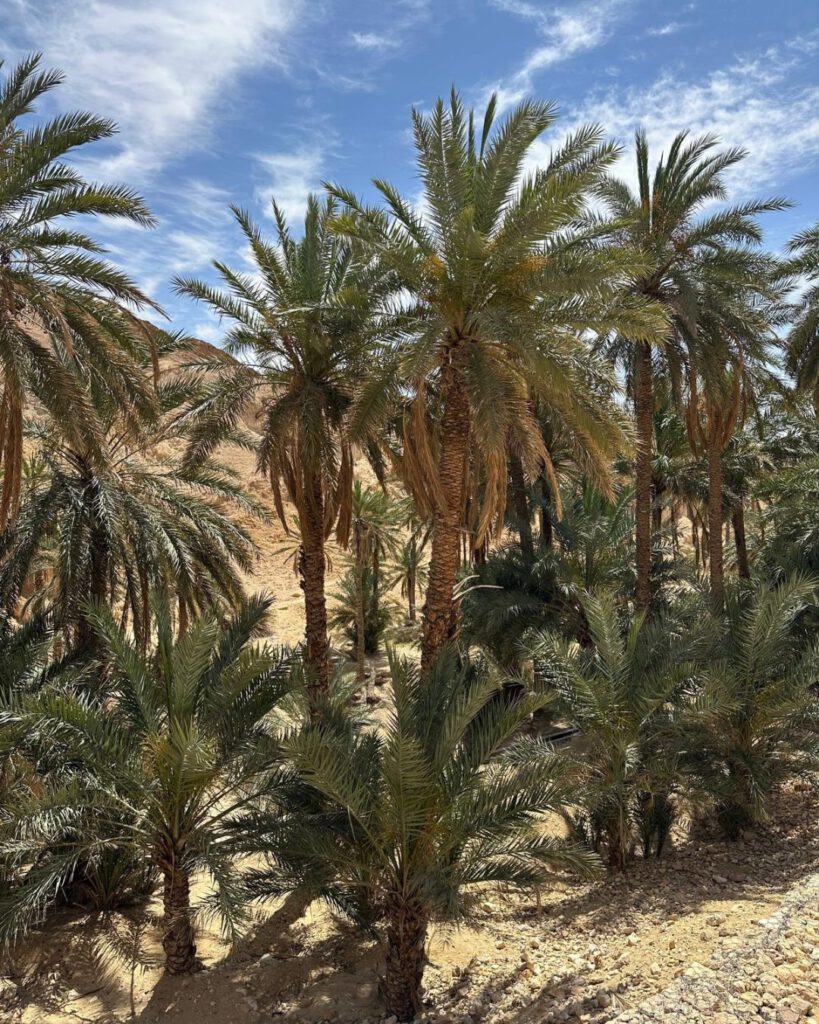
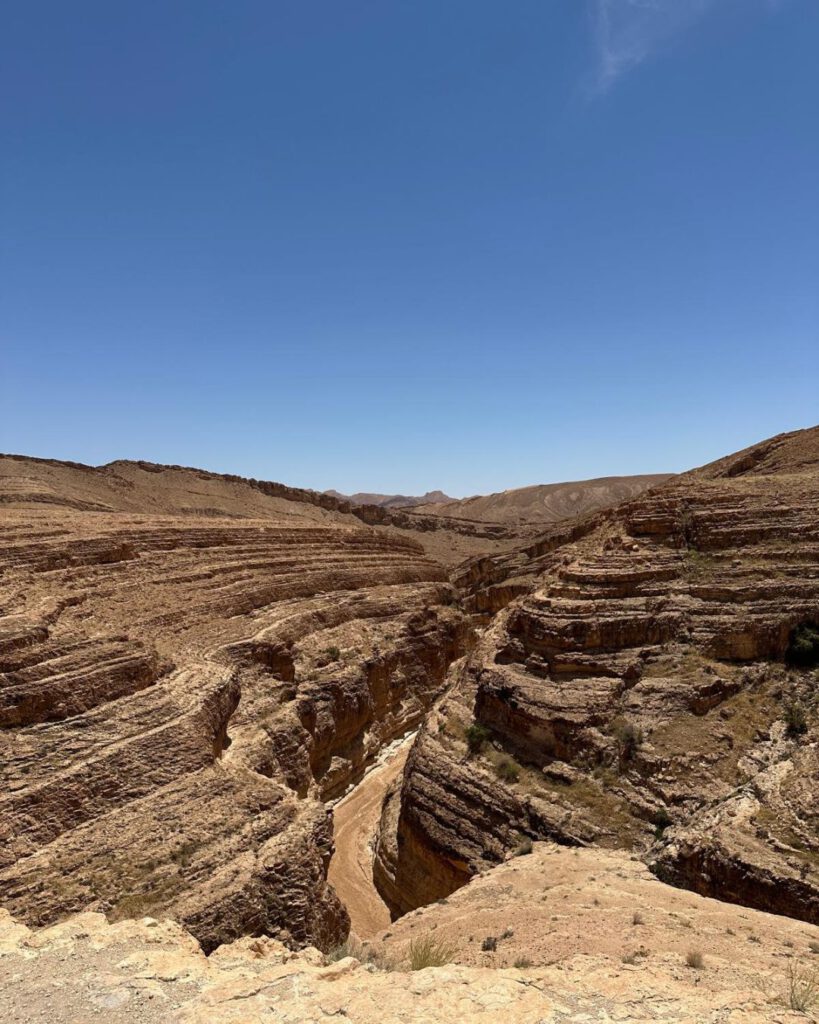
Rediscovering the Real Desert
It’s impossible to talk about Tozeur without mentioning Star Wars. The nearby desert was chosen by George Lucas in the late 1970s as the setting for the fictional planet Tatooine, named, fittingly, after the real Tunisian town of Tataouine further south. The remnants of the film sets, especially around the Chott el Jerid salt flats, have become pilgrimage sites for fans from around the world.
When I visited, the site was active, but at the same time quiet. A few tourists took selfies among the domed sand-colored structures, but most had already moved on before noon. Sitting there, I realized how these movie props, originally built to mimic a world beyond Earth, had become part of the real desert’s story.
But the question arises: What happened with the locals in these communities. Do they benefit from the hype? Now, initiatives are emerging to transform pop-culture tourism into sustainable tourism. Locals are offering guided hikes through the desert surrounding the film sets. You can visit date farms, listen to Bedouin folklore, and share tea with the families who actually live here.
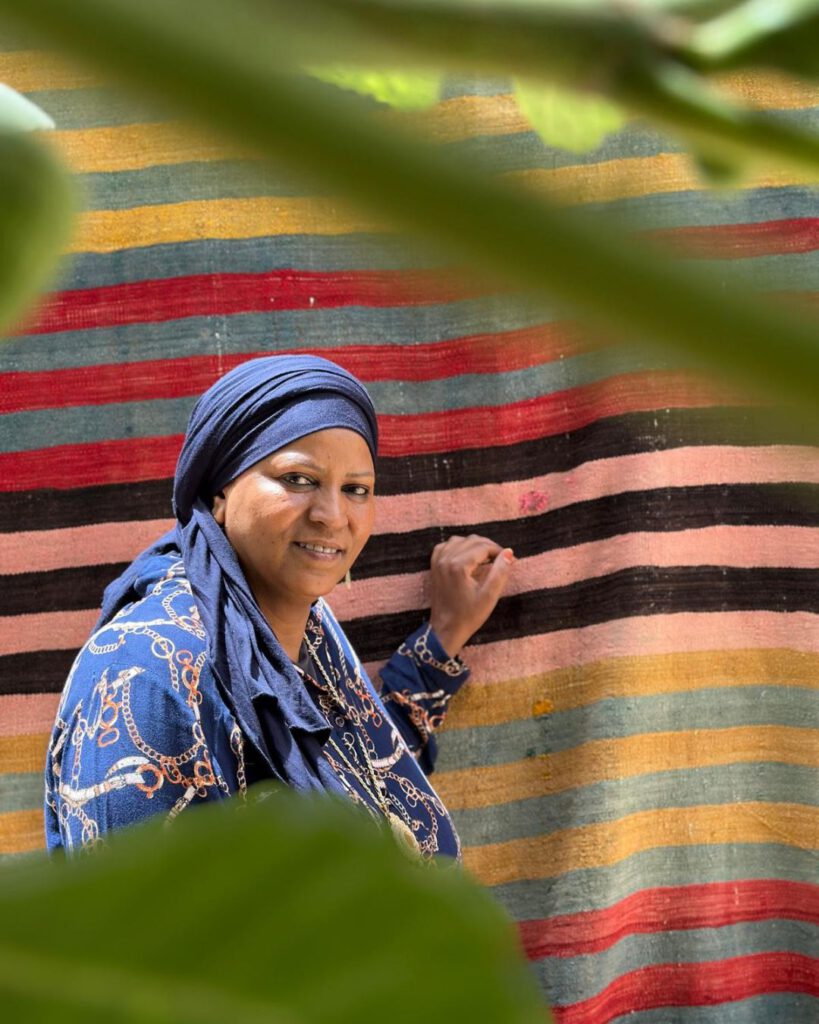
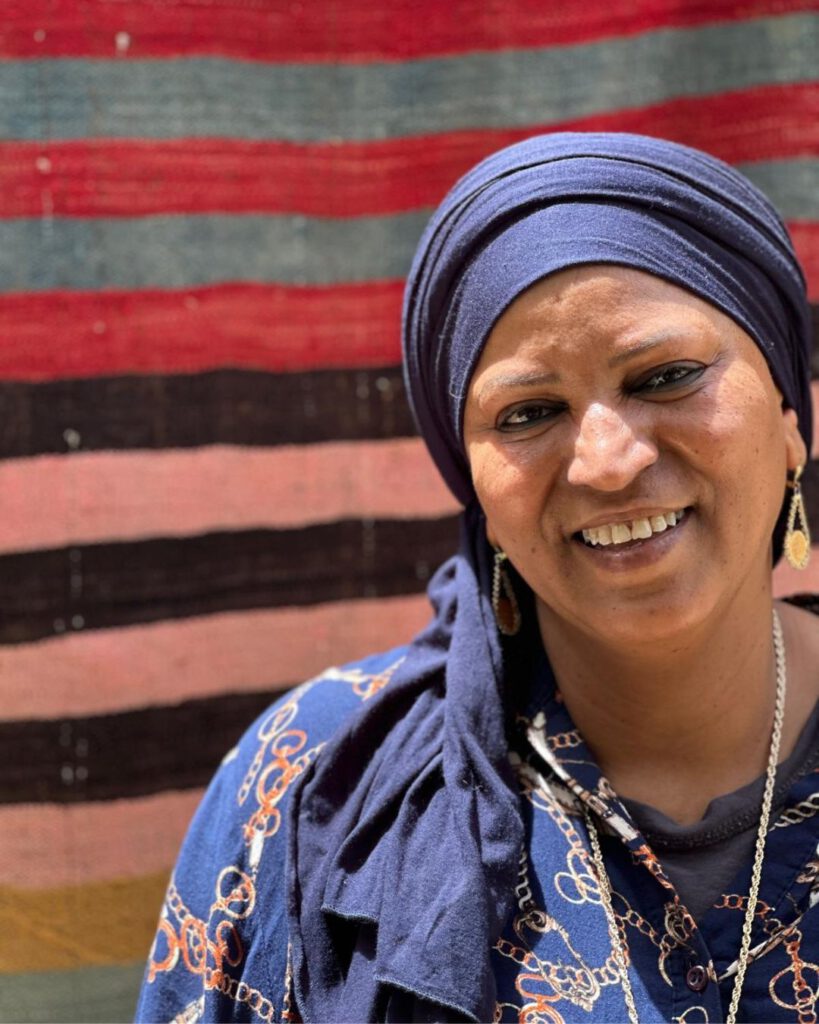
The Oases of Nefta: Nature’s Hidden Sanctuaries
If Tozeur feels like a gateway, Nefta feels like a secret. Smaller, quieter, and more spiritual, it’s often described as the heart of the Tunisian desert’s soul. Nefta’s old town is built on the slope of a palm-filled valley, and from above, it looks like a tapestry of earth tones and green veins of life.
Here, water defines everything. The “corbeille,” or natural basin of Nefta, gathers underground springs into a lush amphitheater of palms, figs, and pomegranates. Walking its trails is an experience that engages all senses: the smell of the fruit trees, the sound of trickling water, the sight of sunlight dancing through the leaves. Local cooperatives have developed gentle hiking routes through the oasis, where travelers can learn how traditional irrigation systems still sustain the community.
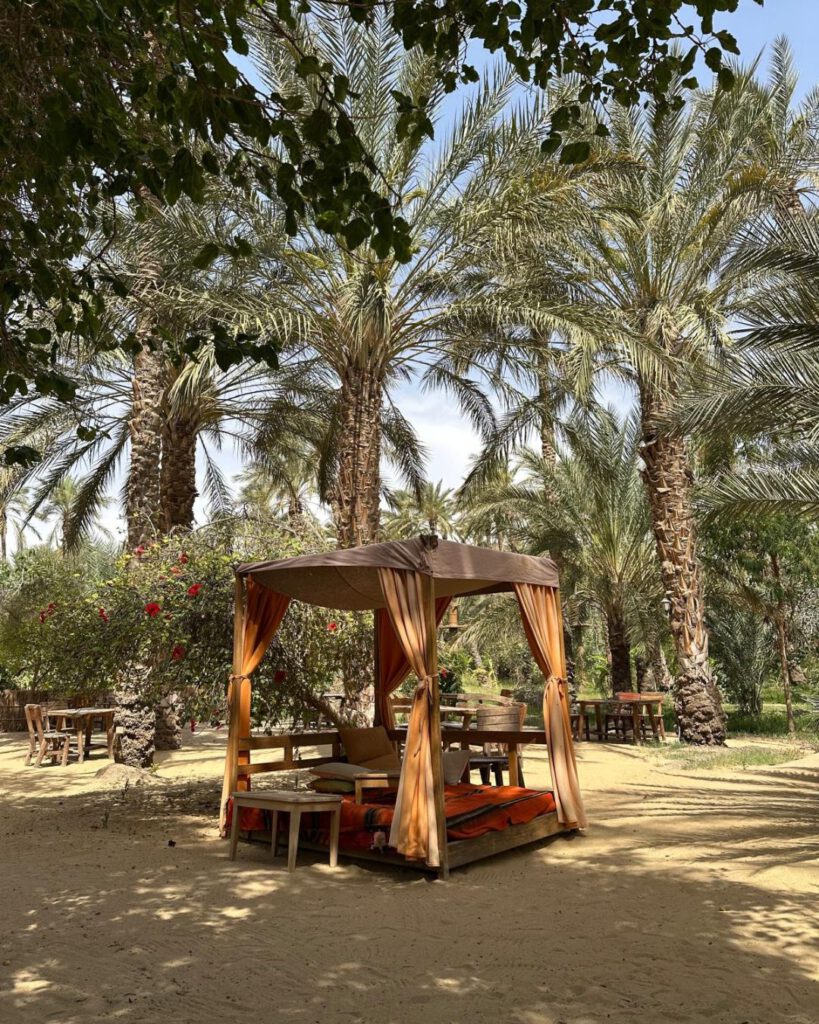
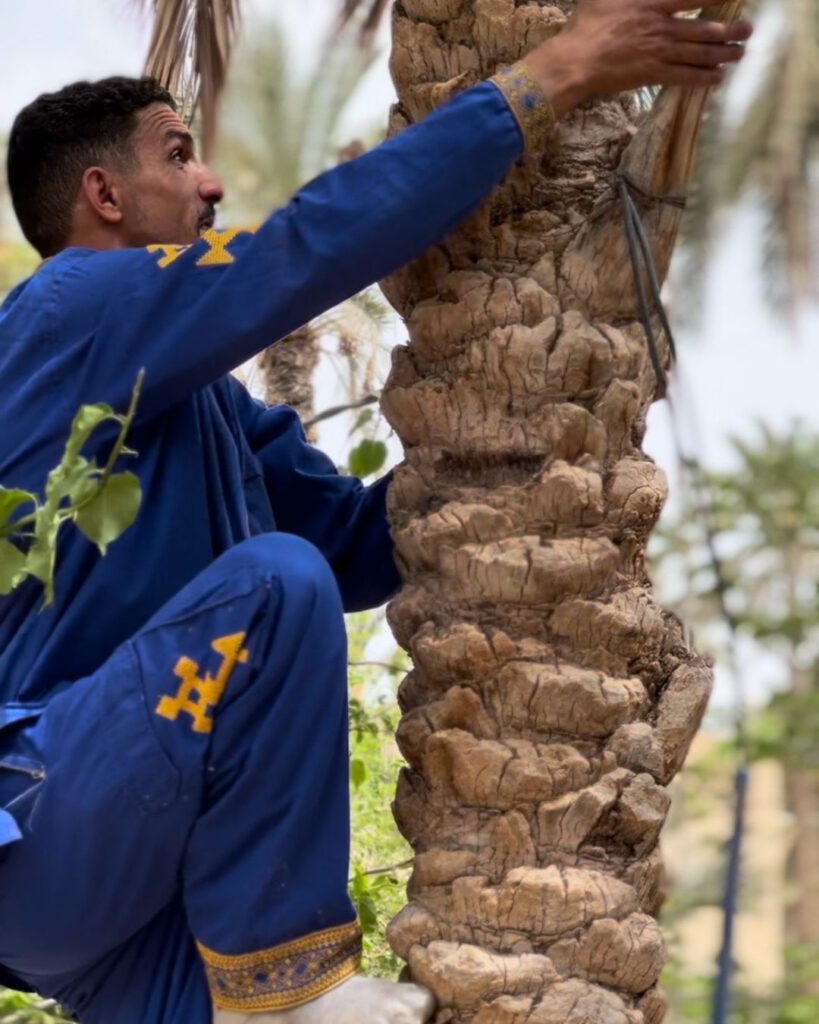
Between Sand and Salt: The Chott el Jerid
One morning, we headed toward Chott el Jerid, the largest salt pan in the Sahara. It felt infinite, like a mirage stretching into eternity.
What makes Chott el Jerid remarkable isn’t just its beauty, but its fragility. Beneath the cracked crust lies a delicate ecosystem shaped by centuries of wind and evaporation. And as climate patterns shift, so too does the balance of this salt plain.
Standing there, camera in hand, I thought about how tourism can both help and harm such places. Without awareness, these fragile environments can be trampled into extinction. But with careful guidance, they can become symbols of coexistence. In Tozeur and Nefta, several projects now focus on preserving the desert’s ecosystems by limiting vehicle access and training guides to educate visitors about sustainability.
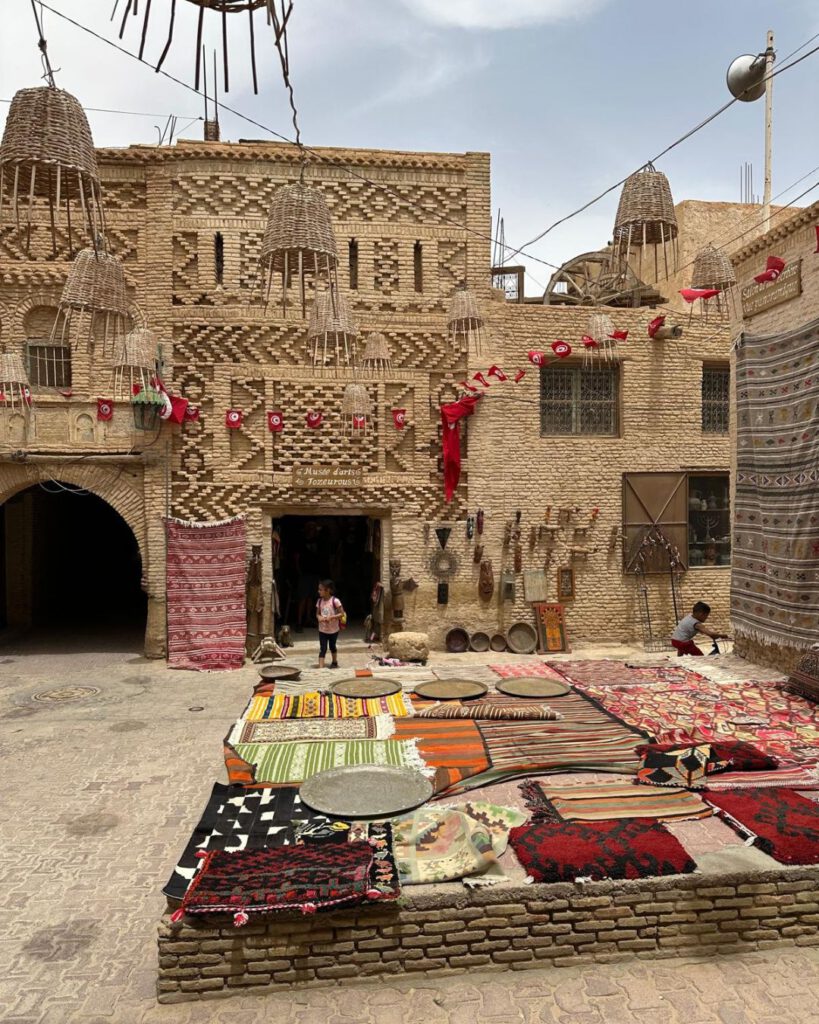
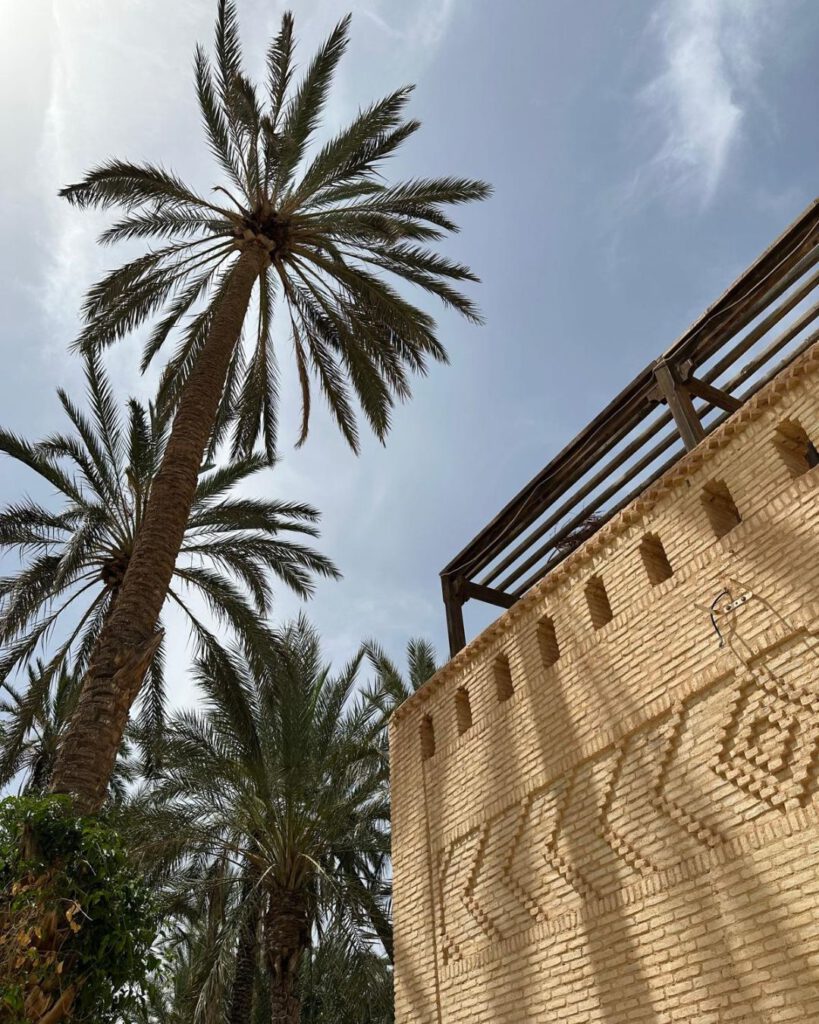
Desert Adventures, Reimagined
The beauty of Tozeur and Nefta lies not just in what you see, but how you see it. Tourism here is evolving. From mass-market to mindful. Instead of racing across dunes in jeeps, travelers are beginning to explore at a slower pace. Walks are turning into long hikes and quick stops are more longer breaks from modern life.
Other activities, like exploring the palm groves or visiting local cafes and shops are helping communities diversify their income beyond traditional tourism. It’s a subtle but powerful shift: the desert isn’t just a backdrop for photos. It’s a living, breathing space where people and nature coexist.

